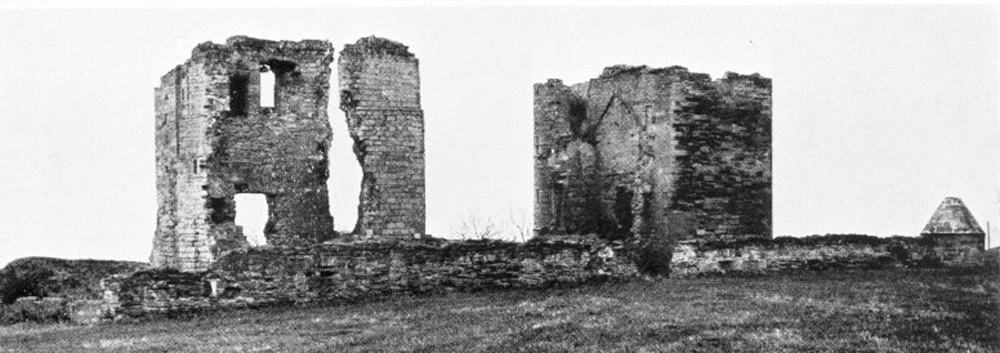7 Succession crisis and the Wars of Independence 1286 to 1328
| < 7 – Norman Influence 1066 to 1250 | Δ Index | 8 – Peace is restored 1329 – 1370 > |
The land granted to the noble families was intended to buy their loyalty, and hence their support for the crown, at a time when Scotland was still a number of loosely connected regions mostly dominated by powerful chieftains who might be loyal to the king, or might rebel.
This strategy was more or less effective until 1286, when King Alexander III died in a fall from his horse while riding from Edinburgh during a storm in the dark to visit the queen at Kinghorn the night before her birthday.
As Alexander left no surviving children, his seven-year-old granddaughter Margaret, Maid of Norway, became the heir. In 1290, she died while sailing to Scotland. Her death triggered a succession crisis, as there were thirteen potential claimants to the throne.
Amid fears that civil war would erupt between the four credible claimants – John Balliol, Robert Bruce, John Hastings and Floris V of Holland – the Scottish court asked Edward I of England to arbitrate. Instead, he asserted his own claim to the Scottish Crown.
This triggered the Wars of Independence from 1296 to 1328. Many noble families switched sides during the wars to protect their personal fortunes. This was not always successful. MacDuffs Castle was now owned by the Wemyss family, and it was destroyed by Edward I when Wemyss switched support to Robert the Bruce.

| < 7 – Norman Influence 1066 to 1250 | Δ Index | 8 – Peace is restored 1329 – 1370 > |
top of page
